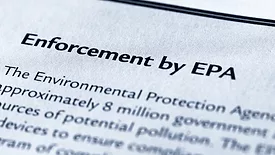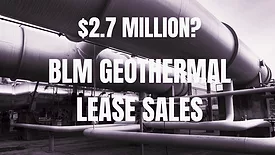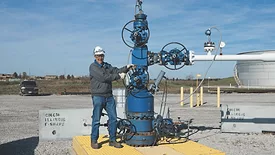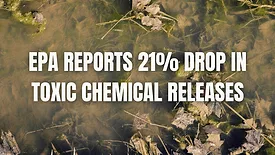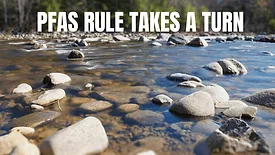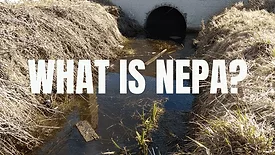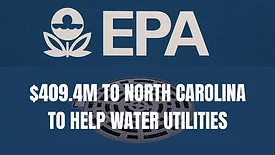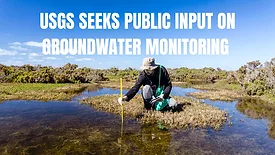Articles by J.J. Smith
The withdrawn rule sought to revise technology-based ELGs for MPP wastewater discharges.
Read More
Government Policy
EPA Admits Part of the PFAS Rule Process Was Unlawful
Thereby Invalidating Sections of PFAS Regulation
Read More
BLM Geothermal Lease Sales in California Generate More than $2.7M in Federal Revenue
Seven companies acquire leases in two counties ranging in price of $2 per acre to $247 per acre.
Read More
EPA OKs Arizona’s Request for Primary Enforcement of Underground Injection Wells
Arizona enforcement of the six classes of injection wells effective Oct. 15, 2025
Read More
Senate Approves Kramer to Head EPA’s Office of Water
‘Cooperative federalism’; revising Clean Water Act’s Section 401among policies supported by Kramer
Read More
EPA Reports 21% Drop in Toxic Chemical Releases, But Some Utilities See No Change
But some water utilities say increases or decreases of toxic chemicals from industrial releases have not been seen
Read More
Lawsuit Challenging EPA’s PFAS Rule is Delayed Again
However, a petitioner expects some of the hazard index chemicals will be separated from the case and not adjudicated
Read More
Federal Departments, Agencies, Military Rescinding, Revising Implementation of NEPA
NEPA called a ‘double edged sword’ that provides protections for source water, but delays major construction projects
Read More
EPA Awards $409.4M to North Carolina to Help Water Utilities Withstand Natural Disasters
Federal grant is being used to fund loans for local governments and water utilities.
Read More
USGS Seeks Public Input on Groundwater Monitoring Network
Such comments are used to determine the proper performance of groundwater monitoring networks
Read More
Dig deeper into the drilling and water supply industry!
Build your knowledge with The Driller, covering the people, equipment and technologies across drilling markets.
SIGN UP NOWCopyright ©2025. All Rights Reserved BNP Media.
Design, CMS, Hosting & Web Development :: ePublishing

